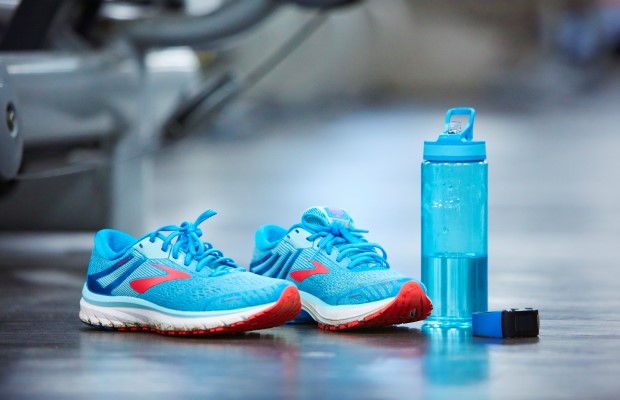Standard dried pasta is usually low in salt and saturated fat. As with any starchy carbohydrate, a high fibre version like wholewheat pasta will add fibre to your diet.
Wholewheat pasta is more available than it used to be and only takes a minute or two longer to cook.
What makes a pasta dish healthy is usually down to what you have with it. Red, tomato-based sauces rather than creamy sauces are usually a healthier ready-made choice. They are likely to be lower in saturated fat and the tomatoes will also count towards your 5-a-day. Watch out for the salt content in all ready-made sauces, though, especially ones that include cheese, sausage or bacon, or salty additions like olives, capers and sun-dried tomatoes.
Want to get fit and healthy?
Sign up to our fortnightly Heart Matters newsletter to receive healthy recipes, new activity ideas, and expert tips for managing your health. Joining is free and takes two minutes.
I’d like to sign-up
Home-cooked pasta dishes allow you to limit the fat and salt content. You could make a big batch of home-made tomato sauce, freeze it and use it later with different dishes. Add roasted aubergine chunks, butternut squash and chicken, or roasted vegetables and chickpeas. Or try some lean minced beef, green lentils, or vegetarian mince, with some chopped carrots, mushrooms and peppers for a Bolognese sauce.
You can also add reduced-fat pesto, peas, broccoli and courgettes to your pasta. Pesto – even reduced-fat pesto – is high in fat and calories because it includes nuts, cheese, and olive oil, so use it sparingly. With pesto, the fats are unsaturated and a little adds a lot of flavour.
Meet the expert
Victoria Taylor is a registered dietitian with 20 years’ experience. Her work for the NHS focused on weight management and community programmes for the prevention of cardiovascular disease. At the British Heart Foundation she advises on diet and nutrition.
What to read next...










